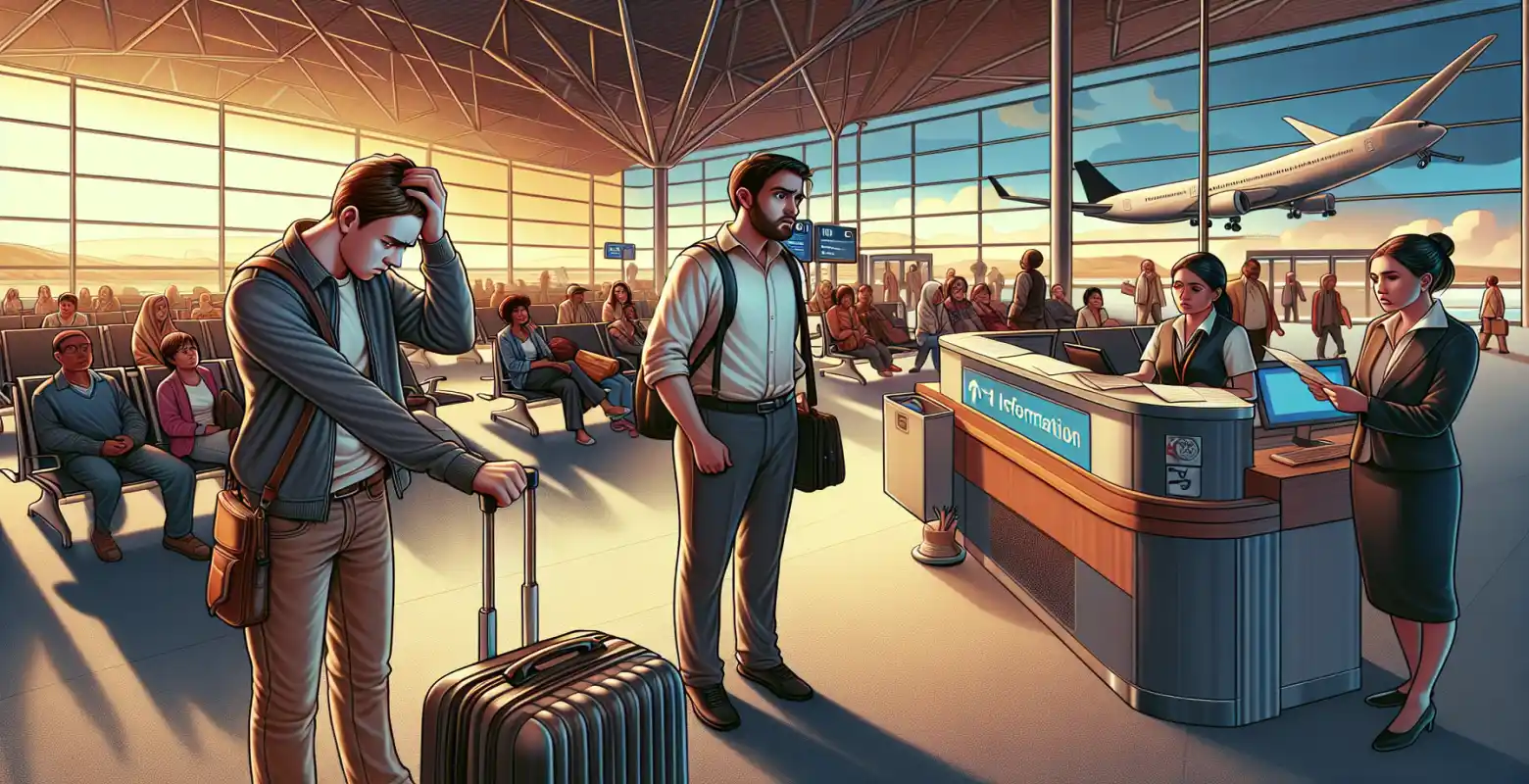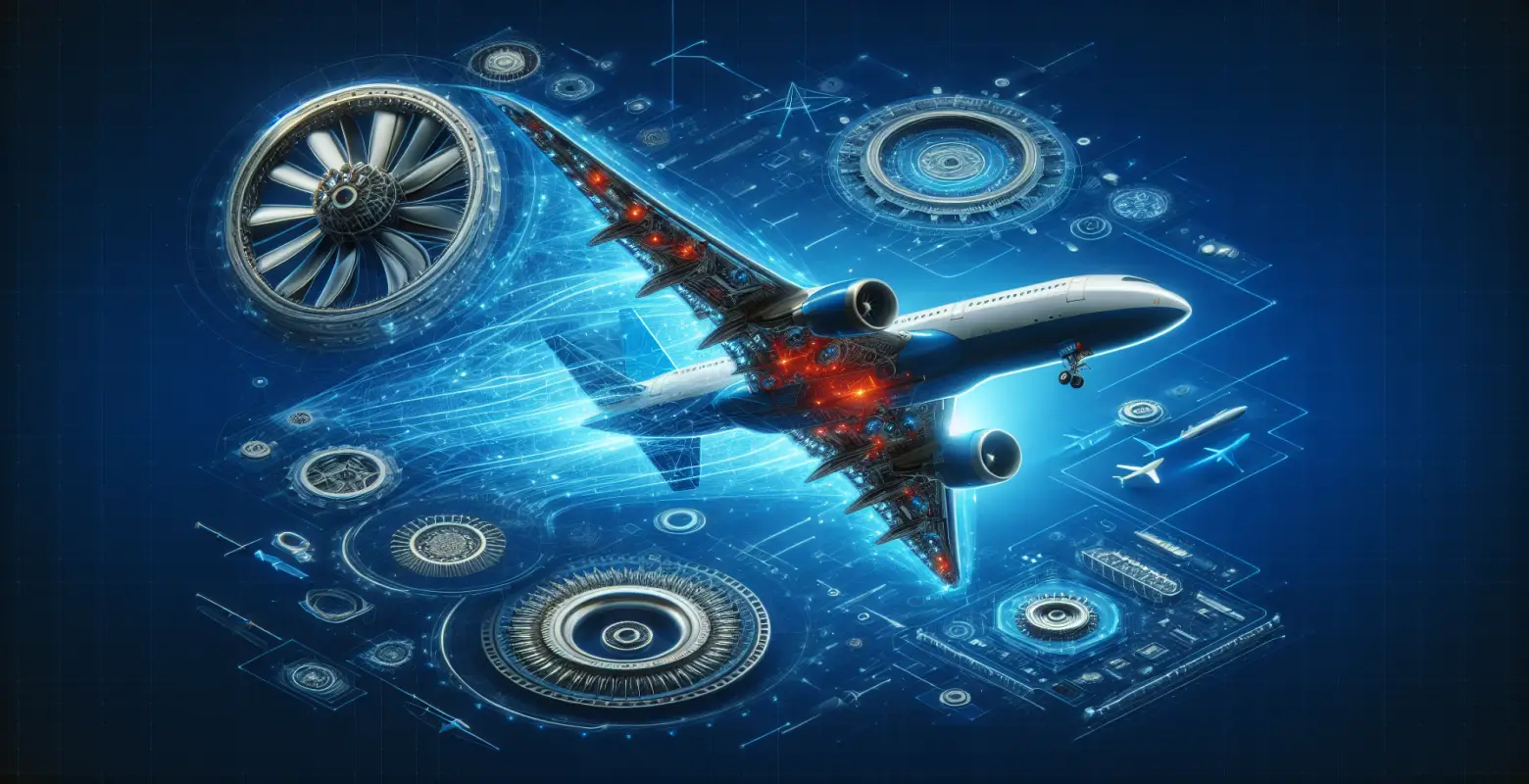Development of VTOL technology for urban transportation
Introduction
As global cities become increasingly crowded, the need for innovative transportation solutions is more urgent than ever before. One of the most promising solutions is the development of VTOL (Vertical Take-Off and Landing) technology, which has the potential to revolutionize urban transport. In this article, we will take a closer look at what VTOL technology is, its potential applications in cities, and the challenges and benefits associated with it. Our goal is to understand why VTOL could become a key element in the future of urban transport.
What is VTOL technology?
VTOL technology refers to vehicles capable of vertical take-off and landing. This includes both manned and unmanned vehicles, including drones. VTOL vehicles can be powered by various technologies, including electric, turboshaft, or hybrid engines. This versatility allows VTOL to be used in various fields, from military to commercial transport services.
Currently, the most attention is being paid to the development of electric VTOL (eVTOL) vehicles, which are more environmentally friendly and economically viable compared to traditional air transport. Introducing eVTOL into urban transport can not only shorten travel times but also reduce CO2 emissions, which is crucial in the fight against global warming.
History and development of VTOL technology
The history of VTOL technology dates back to the first half of the 20th century, when experiments began with vehicles capable of vertical take-off and landing. One of the most well-known early examples is the V-22 Osprey, a military tiltrotor aircraft that combines features of a helicopter and an airplane. Despite initial difficulties related to safety and flight stability, the V-22 became a proof that the VTOL concept is achievable.
In recent decades, advances in materials technology, propulsion systems, and autonomous control systems have enabled the creation of more advanced and safer VTOL vehicles. The increasing interest in these technologies is also driven by growing urbanization and the need for fast transport in crowded cities.
Urban applications of VTOL technology
The application of VTOL technology in cities can transform the way we think about urban transport. Here are a few potential applications:
Passenger transportOne of the most exciting applications of VTOL is passenger transport. Imagine being able to quickly move from one end of the city to the other, bypassing traffic jams and crowded streets. Companies like Uber Elevate and Volocopter are already working on solutions that will enable mass passenger transport using eVTOL.
Cargo transportVTOL can also revolutionize cargo transport, especially in the context of last-mile deliveries. Instead of trucks stuck in traffic, VTOL drones can deliver packages directly to customers' doors, significantly reducing delivery times and logistics costs.
Emergency servicesVTOL vehicles can also be used in emergency situations, such as medical evacuations from hard-to-reach areas, rapid transport of organs for transplantation, or firefighting in difficult urban areas.
Challenges of VTOL technology
Despite numerous benefits, VTOL technology faces a series of challenges that need to be addressed before it becomes widely available. Here are some of them:
SafetySafety is one of the biggest challenges for VTOL vehicles, especially in urban environments. Advanced flight control and collision avoidance systems need to be developed to ensure safe operations in crowded airspace.
Legal regulationsIntroducing VTOL vehicles for public use requires the establishment of new legal regulations regarding their operation, certification, and compliance with safety standards. This process can be time-consuming and complex, considering the need to take into account various stakeholders, including aviation authorities and local governments.
InfrastructureEfficient implementation of VTOL technology requires appropriate infrastructure, including landing pads, charging stations for eVTOL, and air traffic management systems. Building such infrastructure can be costly and time-consuming.
The future of VTOL technology
Despite challenges, the future of VTOL technology seems promising. Here are a few trends that may shape the development of this technology in the coming years:
Autonomous VTOL vehiclesThe development of autonomous technology opens up new possibilities for VTOL. Autonomous vehicles can revolutionize transport by eliminating the need for pilots and reducing the risk of human errors. Companies like Airbus and Boeing are already investing in the development of autonomous systems for their VTOL vehicles.
Integration with existing transport systemsIn the future, VTOL could become an integral part of urban transport systems, interacting with public transport and private vehicles. Integration with existing systems can increase transport efficiency and reduce urban congestion.
Ecological solutionsIncreasing emphasis on sustainable development means that VTOL technologies will aim to minimize environmental impact. Electric and hybrid VTOL vehicles may become more popular, reducing emissions of harmful substances and noise.
Summary
VTOL technology has the potential to significantly change the way we think about urban transport. With the ability for vertical take-off and landing, VTOL vehicles can bypass traditional obstacles like traffic jams and deliver passengers and goods faster and more efficiently. Although VTOL faces many challenges, the development of technology, infrastructure, and legal regulations can make it a key element of the future of urban transport. As cities around the world become increasingly crowded, solutions like VTOL may be essential to ensuring efficient, sustainable, and safe transport.






Number of comments: 0